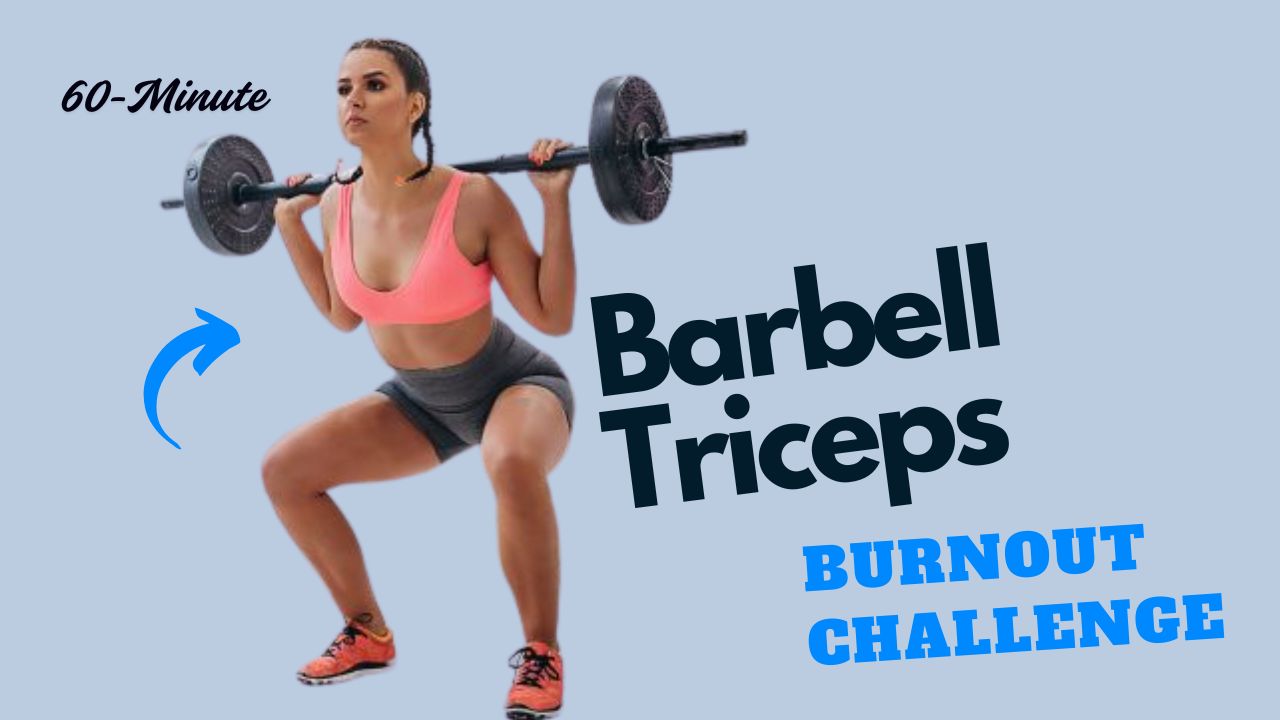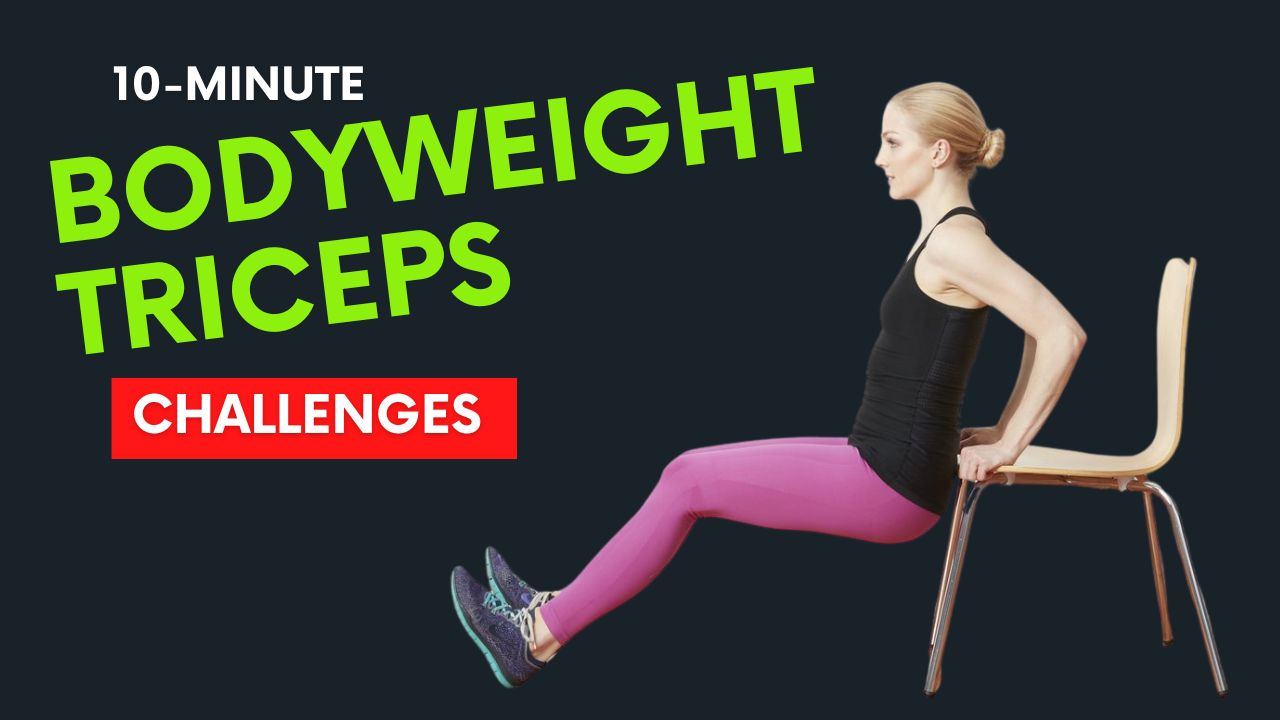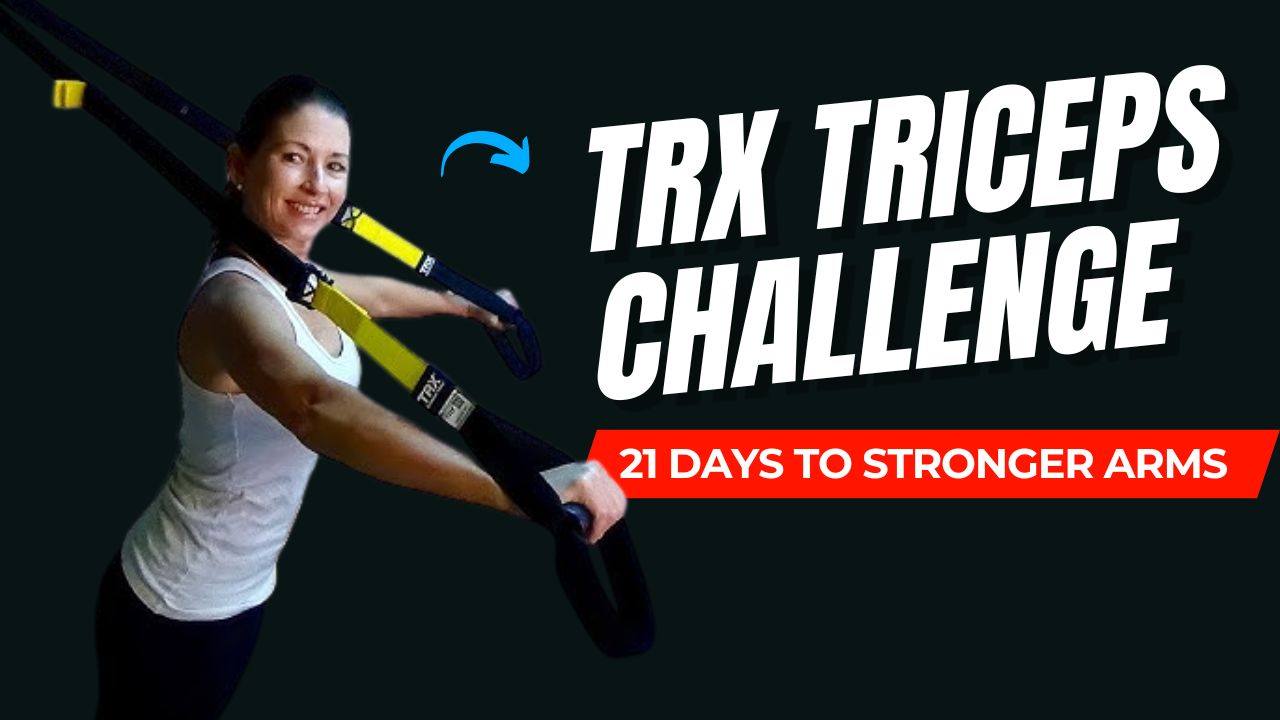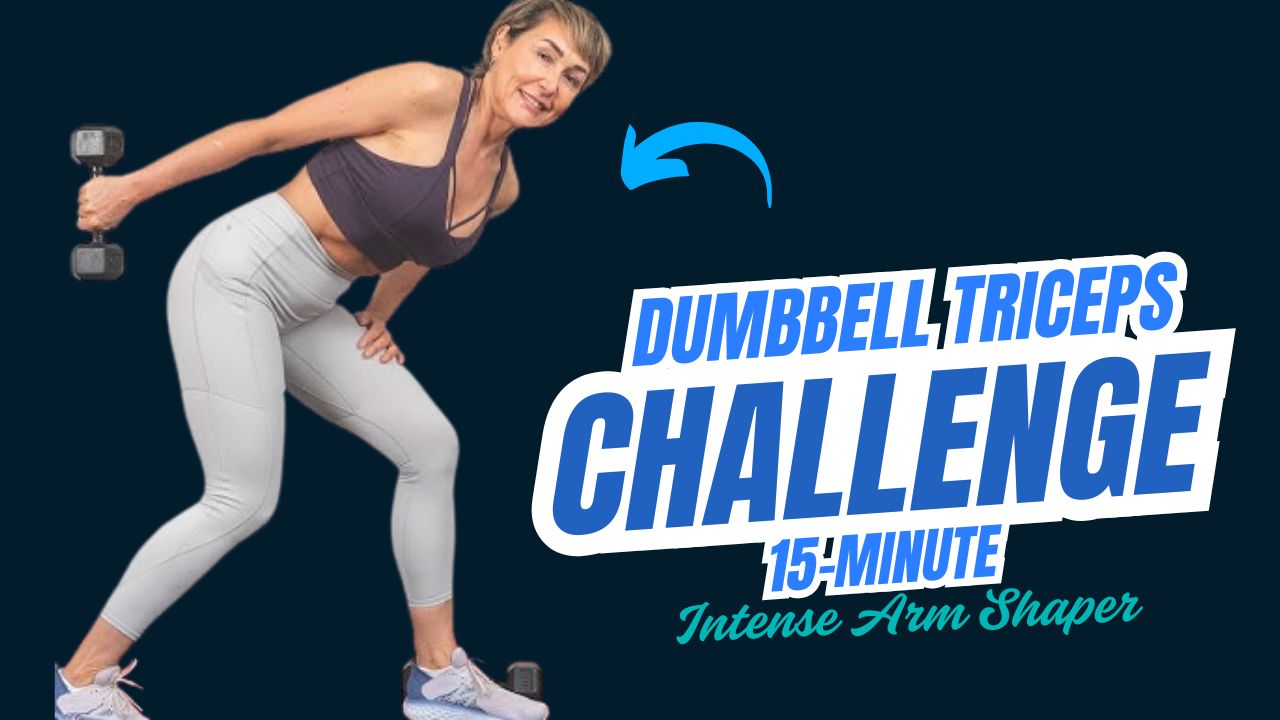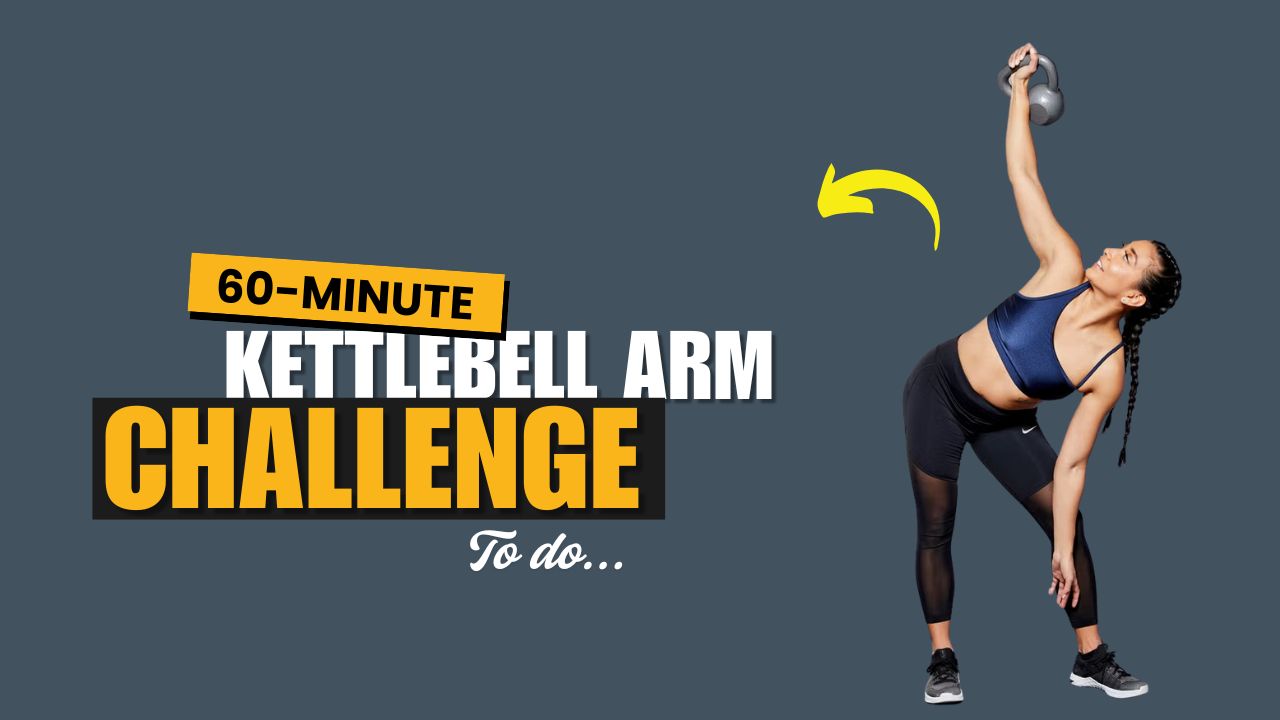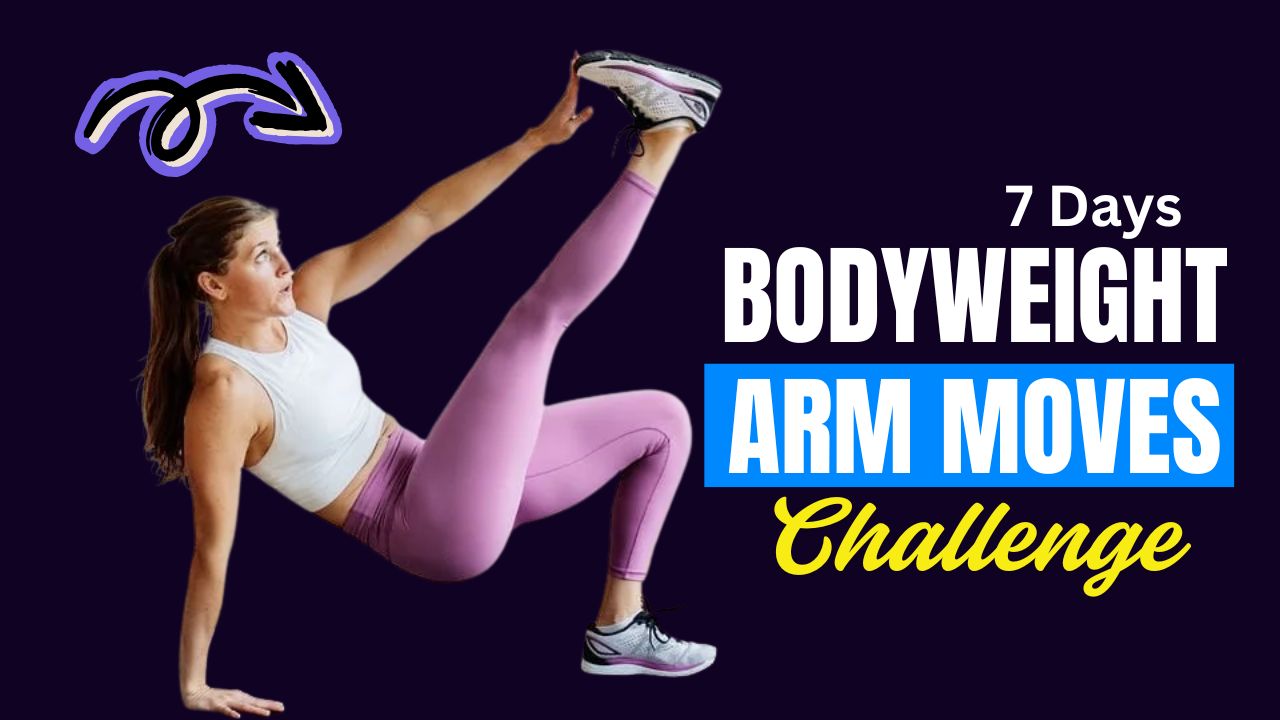When most people think of strong arms, they picture bulging biceps. But here’s the truth: your triceps make up nearly two-thirds of your upper arm muscle mass. That means if you want sculpted, powerful, and well-defined arms, your triceps deserve the spotlight.
The good news? You don’t need endless gym hours or heavy weights. A short, focused 10-minute triceps workout can build real strength, improve definition, and speed up progress when done consistently.
In this guide, we’ll break down an easy-to-follow routine, provide step-by-step “how-to” instructions for each move, and even clear up some myths about arm training along the way.
So, if you’ve got just 10 minutes, you’re about to unlock a stronger, leaner upper body.
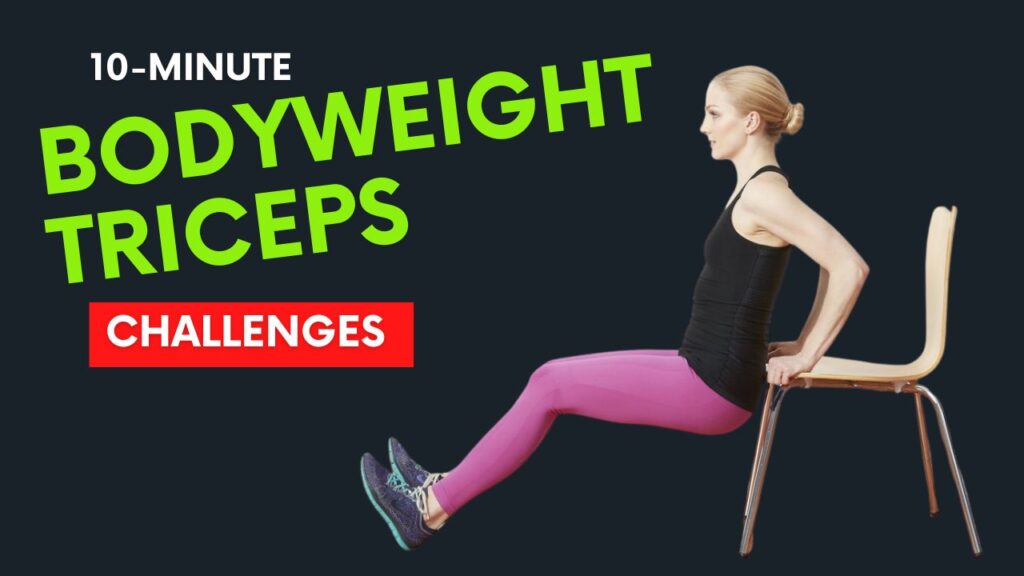
Table of Contents
Why Train Your Triceps?
Your triceps brachii muscle sits at the back of your upper arm and is responsible for extending the elbow. This function makes it critical for everyday tasks — pushing doors, lifting objects, or pressing your body weight in workouts. Strong triceps don’t just improve aesthetics; they also:
- Boost upper body strength.
- Support chest and shoulder exercises (like push-ups and bench presses).
- Enhance overall arm stability and reduce injury risk.
- Improve athletic performance in sports requiring arm power.
Did you know? The triceps are often called the “show muscles” of the arms because their size and definition directly affect how toned your arms look — more than your biceps.
What Happens After 30 Days of the 10-Minute Triceps Challenge
| Benefits | What You’ll Notice |
|---|---|
| Stronger Triceps | Improved pushing strength in exercises like push-ups, dips, and presses. |
| Better Arm Definition | Visible toning and shaping of the back of the arms. |
| Increased Endurance | Ability to complete more reps with less fatigue. |
| Improved Muscle Balance | Stronger triceps supporting shoulders and chest, reducing strain on other muscles. |
| Boosted Confidence | Noticeable progress in arm appearance and performance in daily activities. |
| Faster Recovery | Muscles adapt to regular training, making soreness less intense over time. |
| Foundation for Progress | Prepares your arms for more advanced strength training and heavier loads. |
Do’s and Don’ts for the 10-Minute Triceps Challenge
| Do’s | Don’ts |
|---|---|
| Warm up your arms and shoulders before starting the workout. | Skip the warm-up — it increases the risk of injury. |
| Maintain proper form in every exercise, even if you reduce reps. | Rush through movements with sloppy form. |
| Keep your elbows tucked close to your body to fully engage the triceps. | Let elbows flare out wide during push-ups or extensions. |
| Start with bodyweight and light resistance, then progress gradually. | Jump into heavy weights without mastering form first. |
| Breathe steadily — exhale when pushing, inhale when lowering. | Hold your breath during reps. |
| Train consistently 3–4 times per week for best results. | Overtrain daily without giving your muscles time to recover. |
| Use controlled, slow movements to feel the muscle working. | Rely on momentum or jerky motions to complete reps. |
| Balance triceps workouts with biceps, shoulders, and chest for overall arm strength. | Focus only on triceps and neglect other upper body muscles. |
10-Minute Triceps Challenge – The Exercises
Below are 10 powerhouse triceps moves you can do anywhere, using only your bodyweight or minimal equipment. Each section includes an explanation plus a how-to guide so you perform it correctly.
1. Close-Grip Push-Ups
Why it works: By narrowing your hand placement, the load shifts from your chest to your triceps, giving them maximum activation.
How to:
- Start in a high plank position with your hands directly under your shoulders.
- Move your palms slightly closer together, about shoulder-width or narrower.
- Lower your body until your chest nearly touches the floor.
- Keep elbows tucked close to your torso.
- Push back up to the starting position.
Tip: Keep your core engaged to avoid arching your back.
2. Bench Dips
Why it works: A classic bodyweight triceps exercise that uses your own weight to build endurance and definition.
How to:
- Sit on the edge of a sturdy bench, chair, or step.
- Place your hands beside your hips, fingers forward.
- Slide your hips off the edge and extend your legs.
- Lower your body by bending elbows to about 90 degrees.
- Push through your palms to return to the start.
Variation: Bend your knees to make it easier; straighten legs to increase difficulty.
3. Diamond Push-Ups
Why it works: The diamond shape of your hands forces the triceps to do most of the heavy lifting.
How to:
- Get into a push-up position, but place your hands together under your chest.
- Form a diamond shape by touching your thumbs and index fingers.
- Lower your chest toward your hands.
- Push back up without flaring your elbows outward.
Pro Tip: This move is tougher than it looks; aim for slow, controlled reps.
4. Overhead Triceps Extension (with Dumbbell or Water Bottle)
Why it works: Extending your arms overhead hits the long head of the triceps, creating that sculpted back-arm look.
How to:
- Stand with feet shoulder-width apart.
- Hold one dumbbell (or water bottle) with both hands overhead.
- Keep elbows close to your ears.
- Slowly lower the weight behind your head.
- Extend arms back to the starting position.
Common Mistake: Don’t let elbows flare too wide — keep them tight for maximum isolation.
5. Triceps Kickbacks
Why it works: Isolates the triceps by extending the elbow fully and forcing a peak contraction.
How to:
- Hold a dumbbell in each hand (or use household items like filled bottles).
- Hinge forward at the hips, keeping back straight.
- Bend elbows at 90 degrees.
- Push the weights back by straightening your arms.
- Slowly return to the starting position.
Fact: Kickbacks target the lateral head of the triceps, helping with arm definition.
6. Bodyweight Skull Crushers
Why it works: A gym-style favorite adapted for home, it mimics the skull crusher but uses your body weight.
How to:
- Start in a plank position with hands on an elevated surface (like a bench).
- Walk feet back so your body forms a straight line.
- Bend elbows, lowering your head toward your hands.
- Extend arms back to straighten.
Tip: Keep elbows pointed forward, not outward.
7. Triceps Pushdowns (with Resistance Band)
Why it works: A resistance band simulates the cable machine triceps pushdown at home.
How to:
- Attach a resistance band to a sturdy overhead object.
- Grab the band with both hands, elbows at your sides.
- Push the band down until your arms are fully extended.
- Slowly return to the starting position.
Did you know? The triceps are most active when resisting the band on the way up — so don’t skip the slow release.
8. Floor Triceps Press
Why it works: A great alternative to heavy pressing that isolates your arms.
How to:
- Lie flat on your back with knees bent.
- Hold dumbbells (or bottles) at chest level.
- Lower weights slowly until elbows touch the ground.
- Press straight up by extending your arms.
9. Pike Push-Ups
Why it works: Engages shoulders and triceps, making it an excellent compound movement.
How to:
- Start in a downward dog position with hips lifted.
- Bend elbows, lowering the top of your head toward the ground.
- Push back up to the starting position.
Variation: Elevate feet for more intensity.
10. One-Arm Overhead Extension
Why it works: Training one side at a time corrects imbalances and ensures both arms develop equally.
How to:
- Stand tall, holding a dumbbell in one hand.
- Raise the weight overhead with your arm fully extended.
- Lower it behind your head by bending the elbow.
- Extend back up and repeat.
Myths About Triceps Training
- Myth 1: Biceps are more important than triceps.
Reality: Triceps are bigger and contribute more to arm size and strength. - Myth 2: You need heavy weights for results.
Bodyweight and resistance bands can sculpt triceps just as effectively. - Myth 3: Daily triceps training speeds growth.
Muscles grow during recovery; overtraining stalls progress.
10-Minute Triceps Workout Routine (Challenge Plan)
Here’s how to structure your 10-minute challenge:
Format: Perform each exercise for 40 seconds, followed by 20 seconds rest. Complete all 10 moves in sequence.
| Exercise | Duration | Rest |
|---|---|---|
| Close-Grip Push-Ups | 40 sec | 20 sec |
| Bench Dips | 40 sec | 20 sec |
| Diamond Push-Ups | 40 sec | 20 sec |
| Overhead Triceps Extension | 40 sec | 20 sec |
| Triceps Kickbacks | 40 sec | 20 sec |
| Bodyweight Skull Crushers | 40 sec | 20 sec |
| Triceps Pushdowns (Band) | 40 sec | 20 sec |
| Floor Triceps Press | 40 sec | 20 sec |
| Pike Push-Ups | 40 sec | 20 sec |
| One-Arm Overhead Extension | 40 sec | 20 sec |
Total Time: 10 minutes
Conclusion – Take the Challenge and Keep Growing
Your arms won’t transform overnight, but with just 10 minutes of focused triceps work, you’re laying the foundation for stronger, leaner, and more defined arms.
The beauty of this challenge is its simplicity: no gym memberships, no complicated equipment, just a commitment to move with intensity and proper form.
Think of this as your starting point. Once you master these moves, you can gradually increase the difficulty, making it not just a 10-minute workout but a long-term arm-sculpting journey.
Challenge Continuation Idea – From 10 Minutes to 4 Weeks of Progress
If you want to keep seeing results beyond the first week, here’s a simple progression plan:
- Week 1: Follow the 10-minute challenge as outlined (40 seconds work, 20 seconds rest).
- Week 2: Increase intensity by performing two rounds (making it a 20-minute workout).
- Week 3: Add weighted resistance (dumbbells, water bottles, or resistance bands) to exercises like overhead extensions, kickbacks, and presses.
- Week 4: Push further with advanced variations — elevated bench dips, decline diamond push-ups, or explosive push-ups.
By the end of four weeks, you’ll have transformed a simple 10-minute challenge into a progressive strength-building program. Pair it with a balanced diet and proper recovery, and your triceps (and overall arm strength) will speak for themselves.
Frequently Asked Questions (FAQs)
Can I really build stronger arms in just 10 minutes a day?
Yes. While 10 minutes won’t make your arms massive overnight, consistent short, high-intensity sessions help build definition, strength, and endurance. Over time, these small efforts compound into noticeable results.
Do I need equipment for the 10-minute triceps challenge?
Not necessarily. Most exercises in the routine are bodyweight-based. However, you can use simple tools like dumbbells, water bottles, or resistance bands to increase intensity and progression.
How many times per week should I do this workout?
Aim for 3–4 times per week, with rest days in between to allow muscle recovery. Doing it daily may lead to overtraining, which slows progress.
Will this workout also tone my biceps?
Indirectly, yes. Some pushing movements engage the biceps as stabilizers, but the routine is primarily designed to target triceps. For balanced arms, you should include biceps-focused workouts too.
How long until I see results?
With consistent effort and proper nutrition, you may start noticing definition and strength improvements within 3–4 weeks. Visible results vary depending on your fitness level and body type.
I’m a beginner — is this routine too advanced?
Not at all. Beginners can modify exercises by reducing reps, doing knee push-ups instead of full push-ups, or bending knees in bench dips. Progress comes from scaling up gradually.
Do I need to warm up before starting?
Yes. A 3–5 minute warm-up (arm circles, light stretches, shoulder rolls) helps prevent injury and primes your muscles for better performance.
Will this workout help me lose arm fat?
Spot reduction is a myth. Triceps exercises strengthen and tone muscles, but overall fat loss comes from a combination of strength training, cardio, and proper nutrition.
Can women do this challenge too?
Absolutely. This routine is effective for both men and women. It won’t make arms bulky — instead, it creates lean, toned, and defined muscles.
What should I eat to support arm growth?
Focus on a protein-rich diet (lean meats, beans, eggs, dairy, or plant proteins) along with complex carbs and healthy fats. Proper nutrition ensures your muscles repair and grow stronger after workouts.
